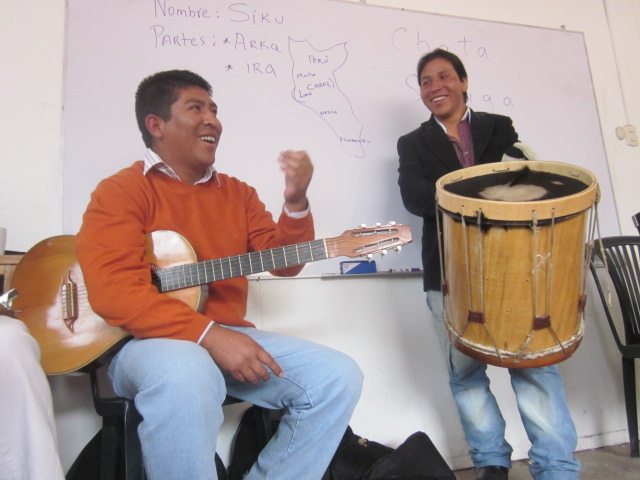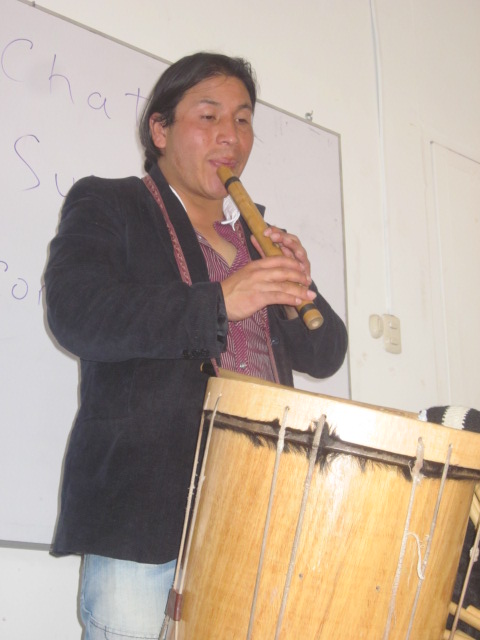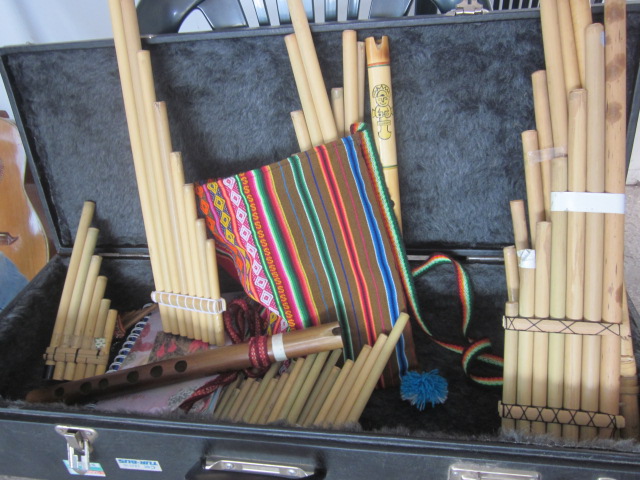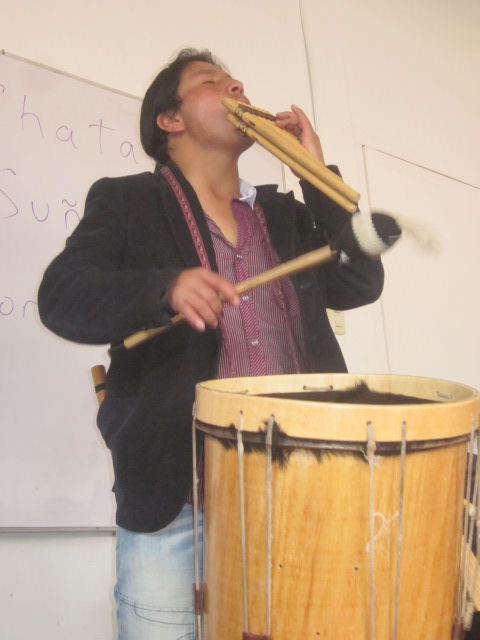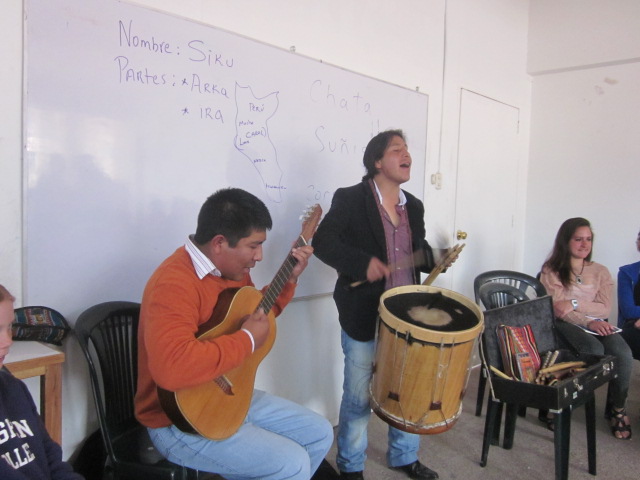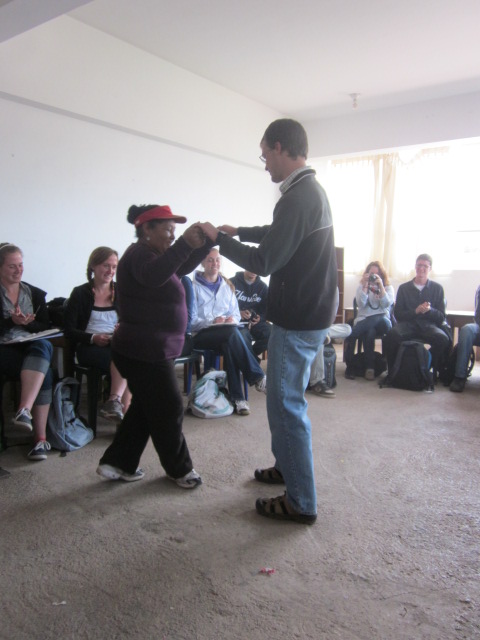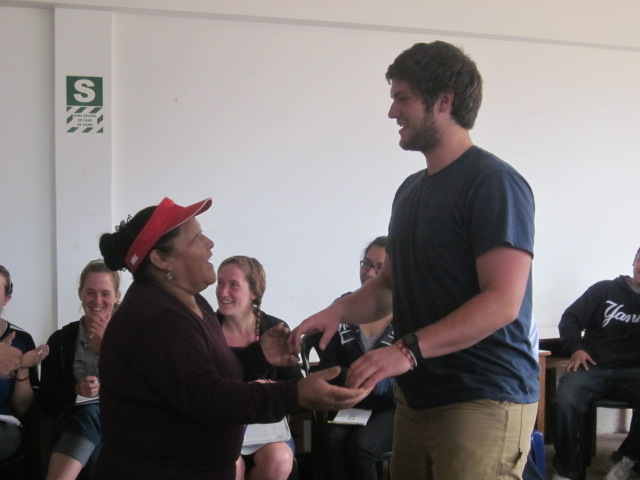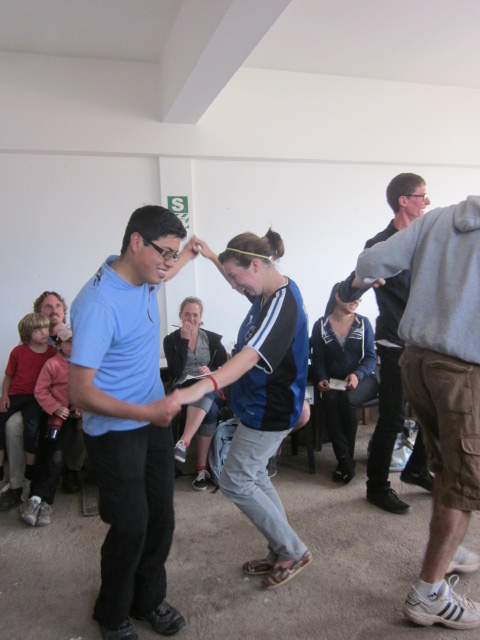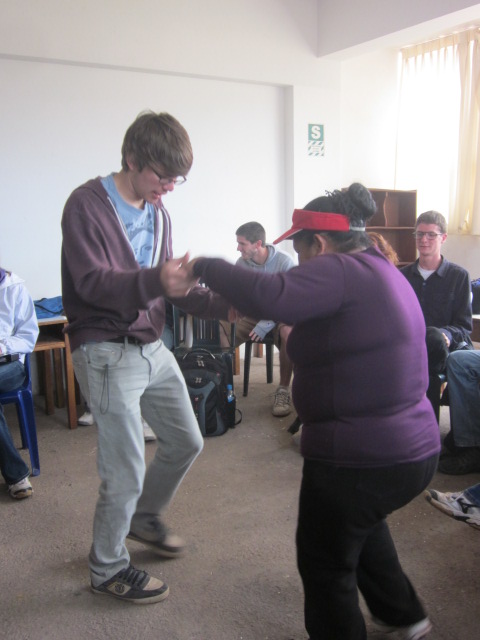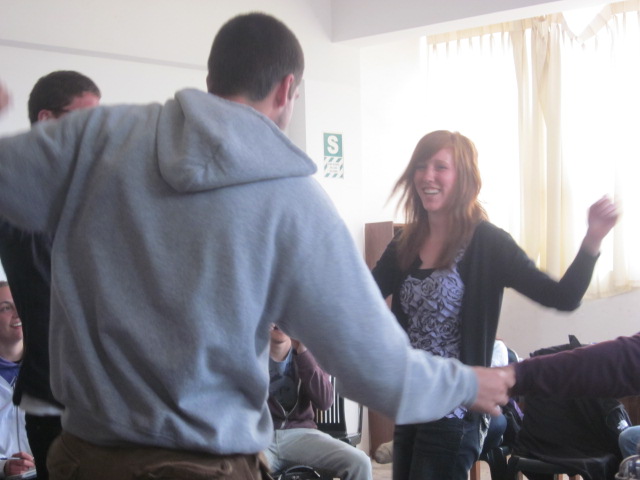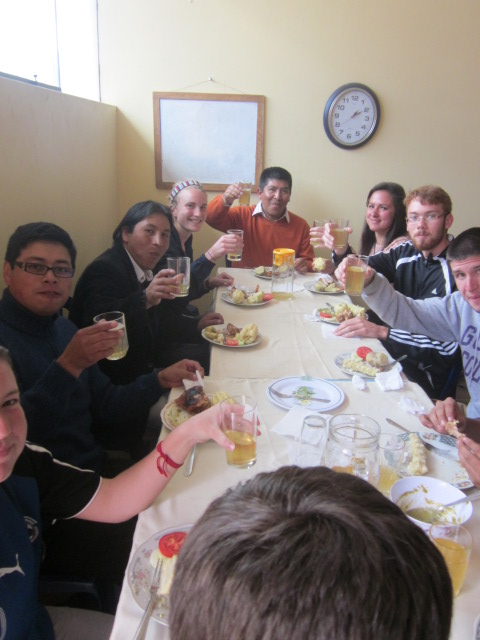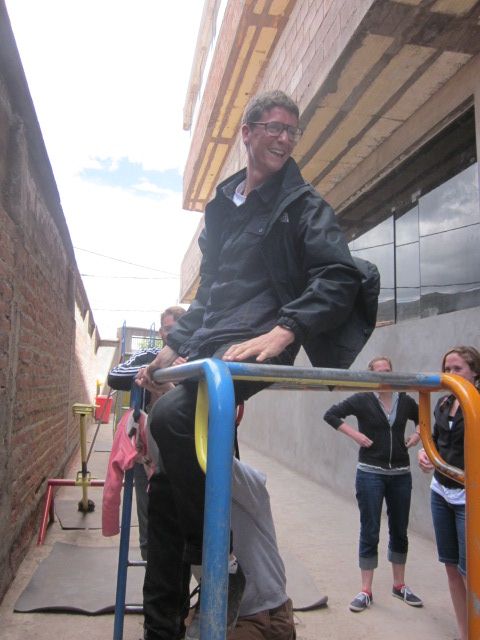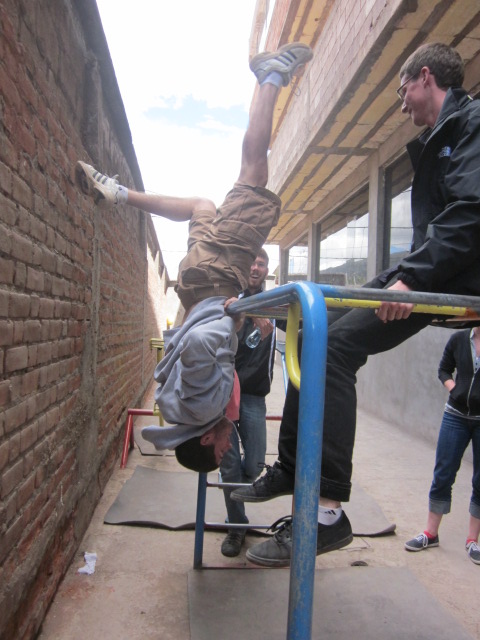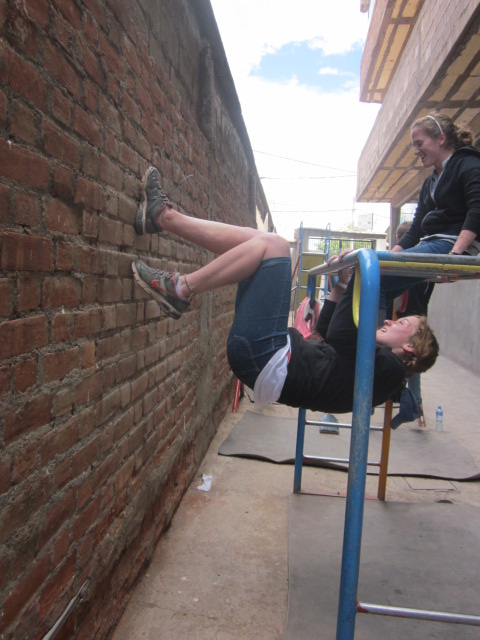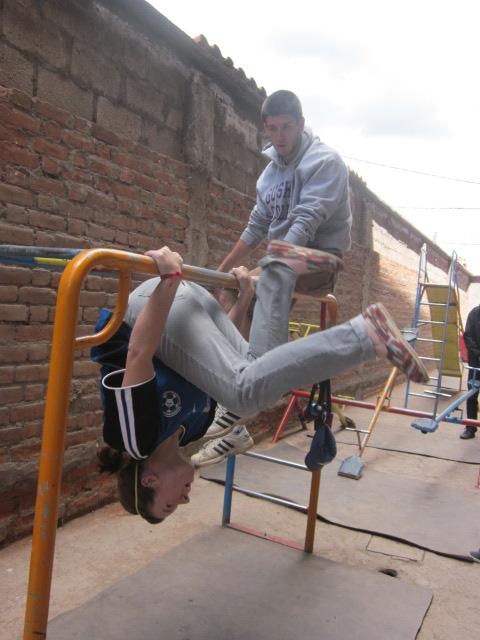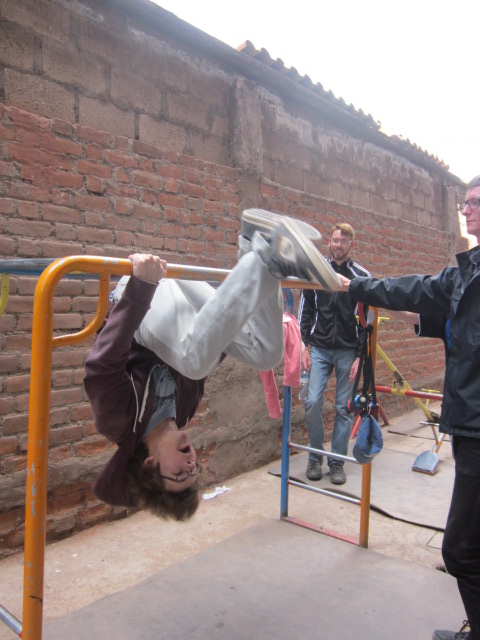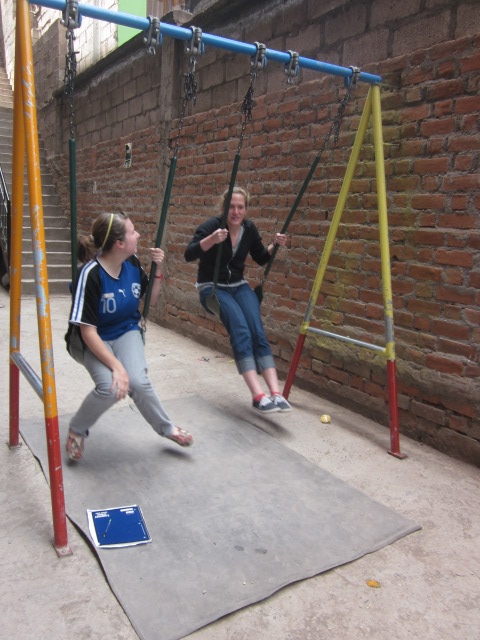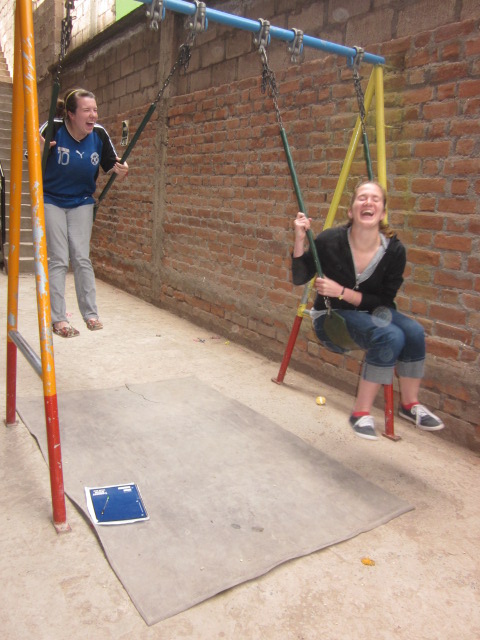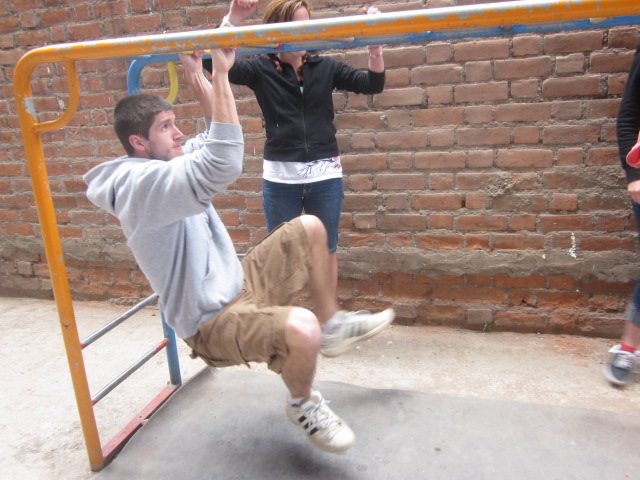Music
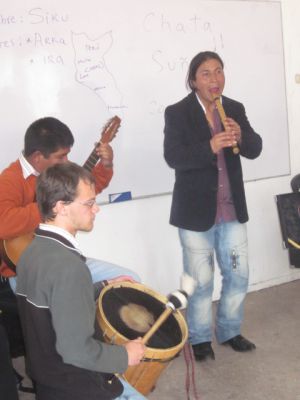
The music of the Andes is distinct for its use of native wind instruments — including quenas (flutes) and sikus (pan flutes). Early versions have been found in archaeological sites dating back thousands of years. Charangos (lutes that resemble a small guitar) and other stringed instruments are relative newcomers, part of the Spanish influence that began in the 16th century. Today, wind and string instruments are combined with percussion to make beautiful music.
Mauro Claros Chatas and Americo (Amaru) Mejia Suñiga are prominent in the Cusco music scene. Mauro is originally from Lake Titicaca, where he grew up playing a flute while tending his family’s sheep. Amaru is from Cusco, a talented flautist and drummer who studied music after finishing high school. We spent two memorable hours with Mauro and Amaru, learning about traditional Andean music and discussing changes brought about by European and North American influences.
Our guests played a variety of pieces for us, including a song featuring Aymara lyrics, the native language spoken around Lake Titicaca and the highland areas of Bolivia. Then someone asked about huaynos, a popular genre in this region that is rooted in traditional Andean folk tunes. Mauro admitted his distaste for modern huaynos and offered to play us an original huayno instead. Hearing the tune, our program assistant, Alicia, stepped into the circle and began inviting people to dance — she couldn’t help moving her feet to the rhythm. So we did too.
